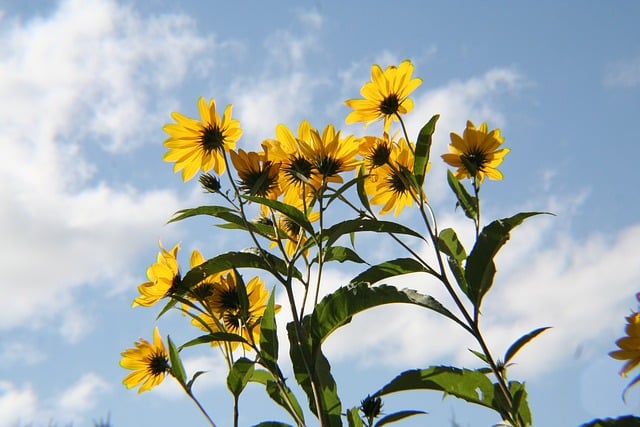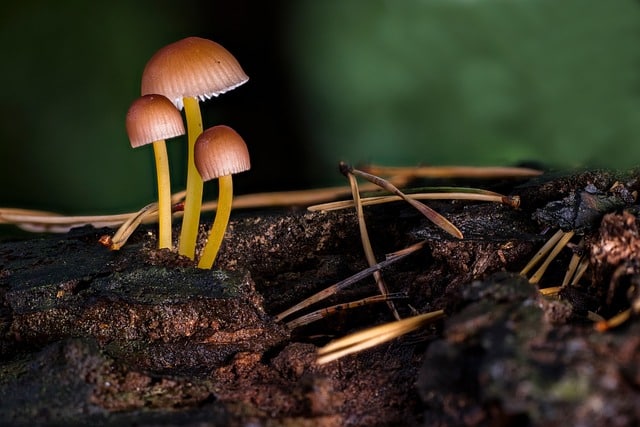
During photosynthesis, the production of tubes towards sugars is an example of chemotropism.
Chemotropism is a type of tropism : a movement made by a plant when reacting to a stimulus from the outside. In the specific case of chemotropism , it is a response to a chemical substance .
Reaction to substances
Chemotropism is linked to the ability of plants to detect certain substances and generate a reaction upon noticing their presence. When the substance in question is beneficial, the plant is oriented towards it and we speak of positive chemotropism . On the contrary, if the substance is harmful to you, you will tend to distance yourself ( negative chemotropism ).
In relation to water , hydrotropism is specifically referred to. In the face of other substances, which are usually harmful to the body, the aforementioned negative chemotropism occurs, leading the specimen to move away.
Growth orientation
It is important to understand chemotropism as an orientation of growth , and not so much as a displacement. Positive chemotropism involves growth toward the chemical stimulus, while negative chemotropism involves growth away from the stimulus.
Chemotropism, like the rest of the tropisms, can affect different organs of the plant. It is common for it to affect the roots , which are oriented according to the characteristics of the stimulus . But it can also influence the development of the stem , leaves , flowers , etc.
It should be noted that chemotropism is also recorded in fungi . These heterotrophic living beings can respond to different chemical compounds that generate attraction or rejection: there is, in this way, a chemotrophic growth that works similar to that detailed with flora. Their movements occur in their roots, which seek the substances in the soil that allow them to grow.
Characteristics
Let's see below some of the specific characteristics of chemotropism, listed in greater detail:
* This is the growth that is supported by the response to an external chemical stimulus;
* Chemotropism can affect only part or the entire organism;
* the roots are the parts that usually experience this phenomenon, both positively (approaching the substance) and negatively (moving away from the substance);
* should not be confused with chemotaxis, since this is related to movement and not growth.
Chemotaxis
Since chemotropism is often confused with chemotaxis, we will review this concept. It is the movement that a unicellular or multicellular organism or a bacteria experiences in its cells towards some chemical substances in its environment.
An example of chemotaxis occurs in the amoeba, whose food is bacteria, algae and protists; Thanks to this ability, you can search for it and go to it when it is not in its closest environment. This term emerged in 1884, when the botanist Wilhelm Friedrich Philipp Pfeffer coined it when he described the movement of sperm towards eggs. When leukocytes move towards the antigen of a wound to cause its destruction and heal the organism we see another example of chemotaxis.

Fungi also rely on chemotropism to obtain food from the soil.
Examples of chemotropism
These are some of the most common cases of chemotropism that we can observe in nature:
* when the roots of the plants grow oriented towards the fertilizer;
* Throughout pollination, the ovary of the flower releases sugars, which produce positive chemotropism. This leads to the production of a pollen tube that grows towards the base of the flower to search for sugar;
* nitrogen is fixed in the soil;
* the axons of neuronal cells grow individually in response to external signals, which lead the axon towards the innervation of the corresponding tissue;
* chemotropic substances that participate in the regeneration of neurons carry the ganglion neurites to the degenerated trunk.
